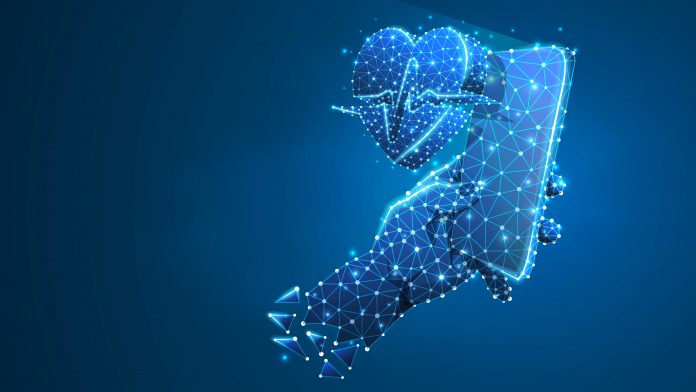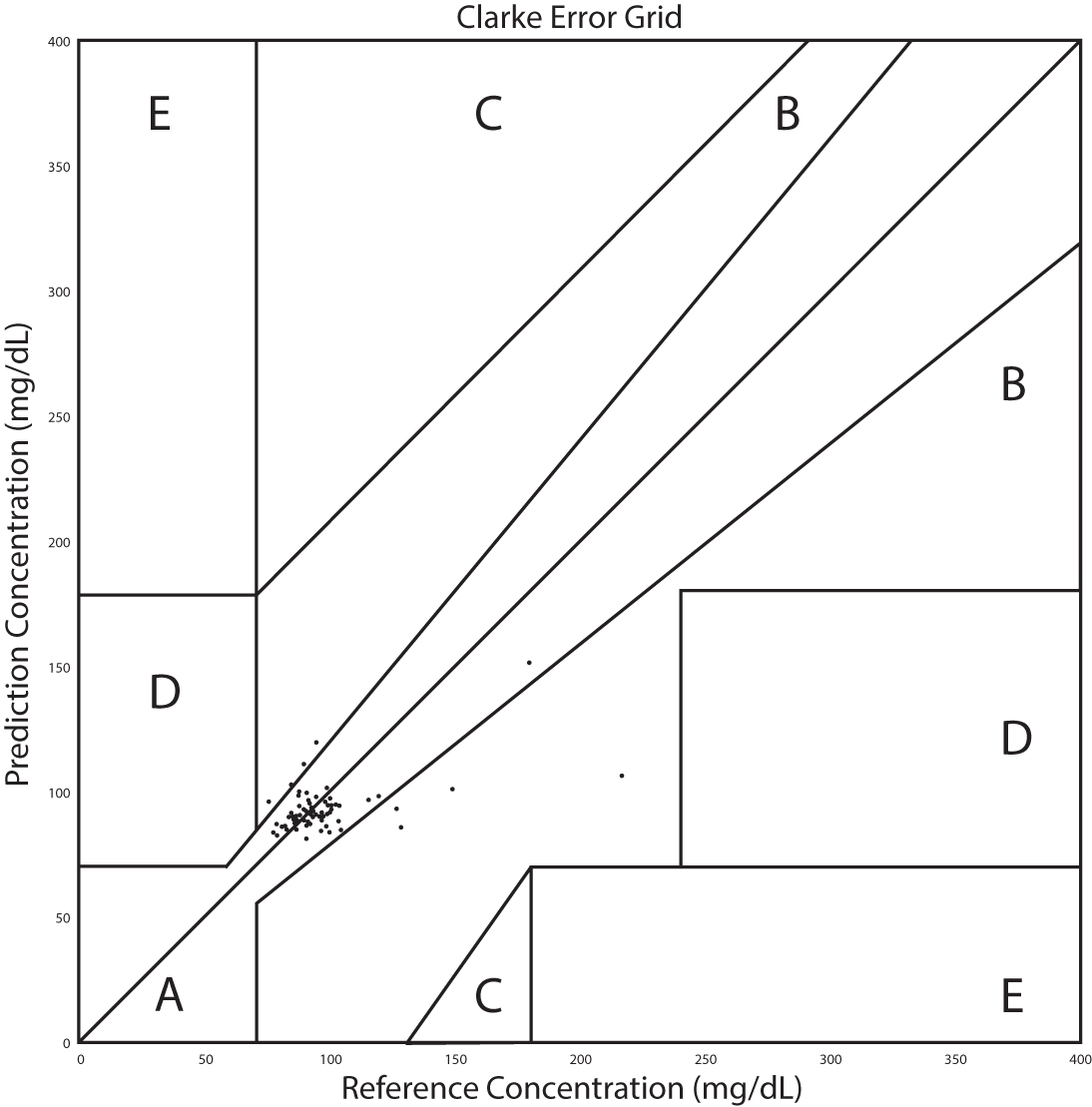Prof D. Chen-Yi Lee from the Department of Electronics Engineering at National Chiao Tung University in Taiwan, provides fascinating details about the project Toward Mobile Health-Care with Medical-IoT Devices
When it comes to achieving an end-to-end outreach of medical services from medical teams to the general public, mobile healthcare plays an important role in pushing the frontiers of this solution. Mobile healthcare puts on the table benefits that are not present in existing health-care solutions, ranging from early diagnosis of disease to remote treatment by a medical team through actuators embedded into mobile health-care devices. This solution opens the door to patients who demand in-time treatment and medical care, under the coverage of national health insurance in Taiwan.
Furthermore, both medical teams and the general public need to explore these new diagnosis/therapy solutions to reap the benefits inherited in such service models. Governmental regulations have to be re-adjusted or added to allow and encourage these solutions to be deployed for practical usage.
Technology trends
The advances in miniaturised sensors and machine learning fuel the possibilities of mobile healthcare applications, where these medical internet-of-things (M-IoT) devices are body-worn or implanted for continuous vital signal recording. As bio-signals extracted from the human body are embedded with a plethora of information where most of them are unobservable to the human eye or even experts, advanced machine learning techniques play an important role to mine such information from the bio-signals. Such information is helpful for the general public to undergo follow-up health condition analysis and diagnosis. The importance of signal processing methods for the removal of noise should also be integrated into these M-IoT devices to increase the reliability of measurements provided.
An example on PPG
An application scenario on photoplethysmogram (PPG) for blood glucose level estimation, biometric identification and heart rate estimation are shown in Figure 1. For mobile health-care applications, battery life of over one week should be of the minimum requirement to promote the seamless deployment of such a solution. Design considerations, such as portability and user-friendly interface have to be integrated into such devices to meet the expectations of the general public. As meta-information concerning bio-information is transmitted via a wireless medium (Bluetooth and Wi-Fi), data security plays a crucial role in such devices. Biometric identification is introduced to add an extra layer of security to this device.
During signal acquisition, the introduction of motion artifacts and various noise sources are usually severe and need to be considered during the design process. A sensor array is proposed to cope with such setbacks inherent during practical usage. A detailed illustration of the proposed sensor array is shown in Figure 2. An algorithm is proposed in (1) for noise reduction through a sensor array setting.
This device is designed for non-invasive measurement of blood glucose level using PPG. Signal processing techniques and machine learning algorithms have to work in tandem to solve such a task. Preliminary results using data provided from our industrial partner are reported in Figure 3, having an accuracy of 84.29% based on ISO: 15197:2013. This device is undergoing an IRB clinical trial with Chang-Gung Memorial Hospital, Taiwan.
Probe into the future
It is believed that with the advance in M-IoT devices, with tight integration of both sensing capability and self-supervised learning, their outreach and pervasiveness will become more prominent. These new M-IoT devices, together with data-driven and self-supervised learning capability, currently under construction, will definitely provide better medical services to society. As a result, the general public will benefit more from a one-stop service platform to lead a better life while enjoying the advantages offered by those M-IoT devices, both developed and under development.
References
Eugene Lee, Tsu-Jui Hsu, and Chen-Yi Lee. “Centralized State Sensing using Sensor Array on Wearable Device.” 2019 IEEE
International Symposium on Circuits and Systems (ISCAS). IEEE, 2019.
Please note: This is a commercial profile













